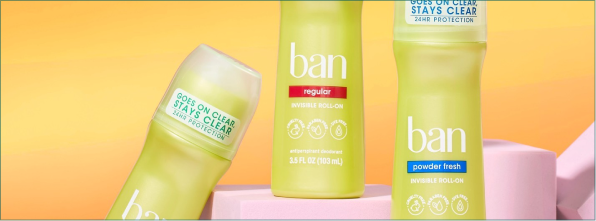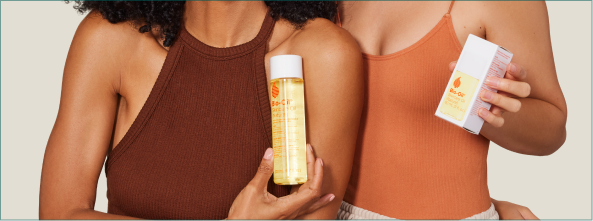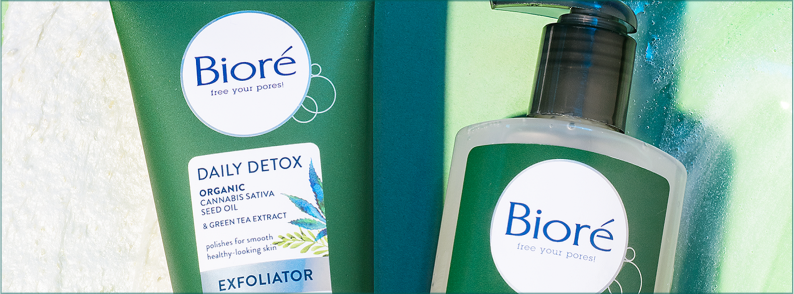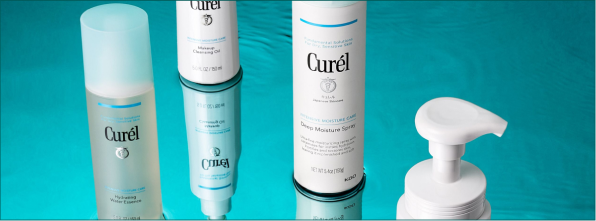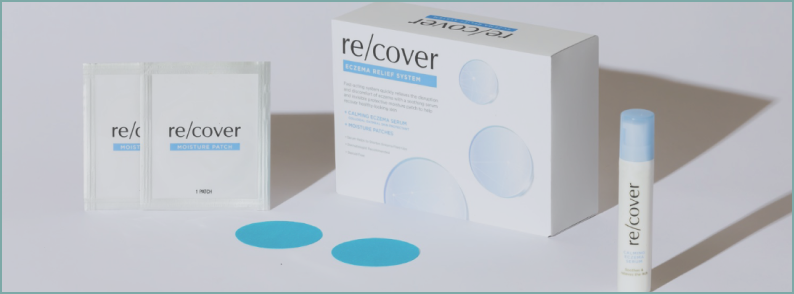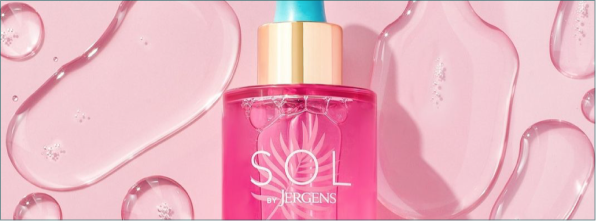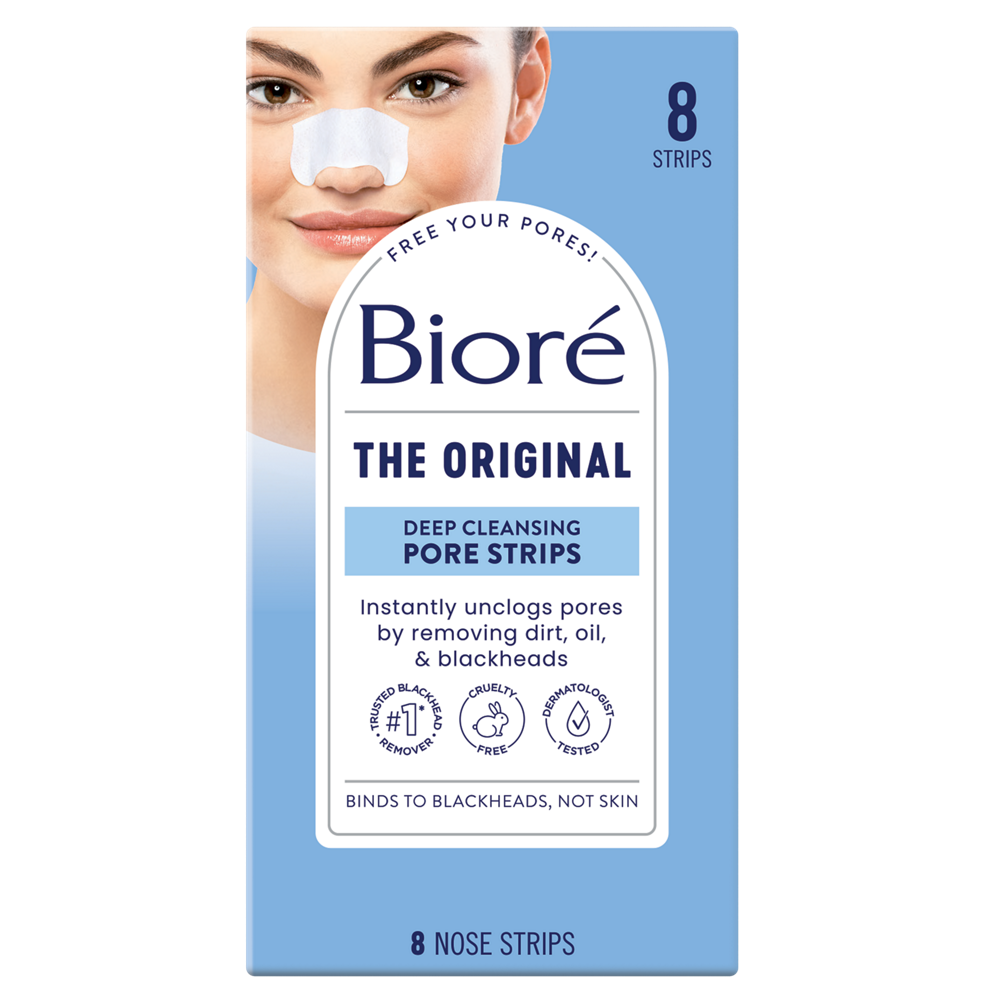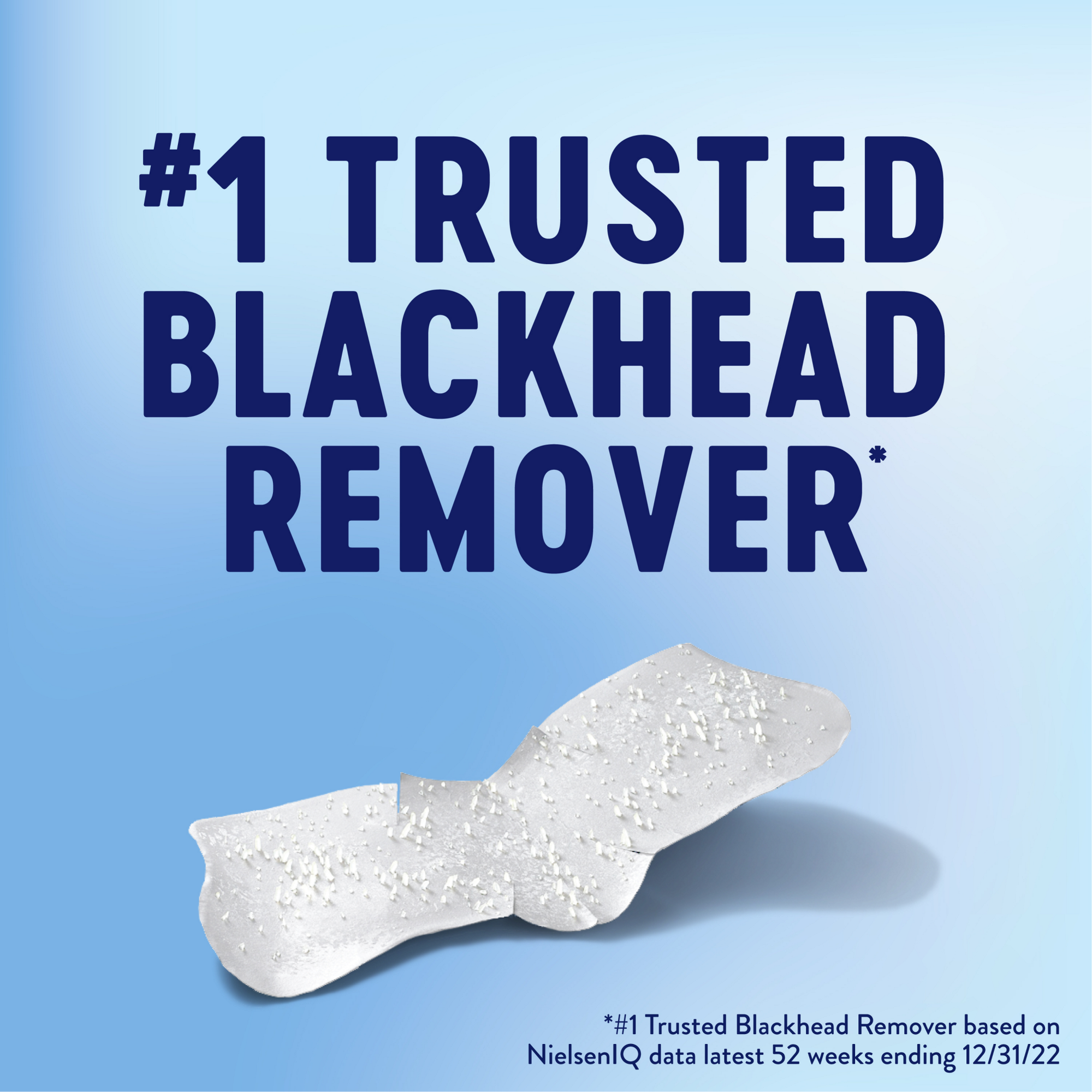All About Clay Masks

Clay masks are a tried-and-true way to deep clean your pores and eliminate impurities on your skin. Adding a clay mask to your skincare routine two to three times a week can do wonders for your complexion by providing extra nourishment for your skin.
Clay masks come in many different textures, colors, and types. Some common types of clay that are included in masks are bentonite, kaolin, and green. These masks are powerful tools for detoxifying your pores and drawing out oil from your skin.
Shop Hydrate and Glow
Benefits of Clay Masks
Depending on the mask you’re using, clay masks can provide several key advantages to the health and clarity of your skin. Here are some of the top benefits of clay masks.
1. Trap and Remove Impurities
Dirt, pollutants, and product buildup can accumulate below the skin’s surface. Clay is a proven ingredient for drawing out these impurities that can cause breakouts. If you have combination skin (meaning some areas of your face are dry and other areas are oily), try a clay mask with blue agave and baking soda. This type of mask deep cleans your pores while also soothing and conditioning your skin.
2. Control Excess Oil
While clay masks are great for any skin type, they are beneficial for oily skin thanks to their ability to attract and absorb sebum (natural oil produced by your skin). The highly porous nature of clay acts like a sponge to absorb excess oil from both the skin’s surface and deep within the pores. Using a clay mask for oily skin a few times a week can help minimize shine on the surface of your skin to give you a more matte complexion.
The highly porous nature of clay acts like a sponge to absorb excess oil from both the skin’s surface and deep within the pores.
3. Refine Pores
Clogged pores tend to be filled with trapped dead skin cells and sebum, which can leave your pores congested or impacted. When this clogged material dwells in your pores, the clog darkens, creating blackheads and giving your skin a dull complexion. When you use a clay mask, it gently draws out foreign particles without irritating the pores. Using a clay mask can help detoxify your pores and improve the look and feel of your skin. An extra bonus is if the clay mask contains charcoal, which acts like a magnet for dirt, oil, and sebum.
If you want to further refine your pores due to excess congestion, apply pore strips to alleviate blackheads and blemish patches to diminish whiteheads.
4. Gentle Exfoliation
Some clay masks incorporate natural elements to exfoliate the skin without using harsh ingredients, some of which may cause an allergic reaction. If you’re looking to exfoliate your skin and remove pore buildup gently, try a brightening clay mask.
5. Brightens Skin
Clogged pores—caused by buildup—can lead to dull-looking skin. By clearing the skin of impurities, clay masks help you achieve a brighter, glowing complexion. In addition, because clay comes from mineral rocks that eroded over time, it’s also rich in beneficial trace elements like calcium, magnesium, iron, and potassium, to name a few. These essential minerals have detoxifying properties, in addition to providing skin nourishment.
By clearing the skin of impurities, clay masks help you achieve a brighter, glowing complexion.
6. Detoxifies Skin
Clay can draw out pore-clogging material that may lead to breakouts. Adding a clay mask to your skincare routine can help purify your pores and give your skin some extra TLC.

How to Use Clay Masks
The best way to apply a clay mask depends on the specific mask you’re using. When you find the best face mask for you, make sure to read the instructions on the package to ensure proper use. Some masks should only be used for one minute, while others can be left on for longer such as overnight. For most masks, application steps can be boiled down to seven easy steps:
- Cleanse your skin with a gentle cleanser.
- Read the instructions on the product to determine if skin should be dampened with water before applying a mask.
- Apply the mask to your skin, being careful around your eyes, nose, and mouth.
- Let the mask sit on your skin for the recommended time.
- Remove your mask with warm water and a washcloth. Thoroughly rinse your skin.
- Thoroughly rinse your skin.
- Inspect your skin to make sure all traces of clay are removed.
- Continue with your regular skincare routine. Next steps may include applying toner, moisturizer, serum, or a pore strip, depending on your skin type and skincare needs.
Clay Mask Tips and Tricks
- Use a generous amount of product ensure you don’t miss any areas of your face.
- If you have oily skin, clay masks can be a fantastic way to control excess oil and help prevent clogged pores.
- Avoid using clay masks on broken or sensitive skin as they may be irritating.
- If you tend to have dry skin on your face, clay masks may dry out your skin even more. If you notice dry skin after using a clay mask, make sure to apply moisturizer after removing the mask or limit the number of times you use the mask each week. Dry skin types may also feel the mask action more intensely. Applying the mask to wet skin and lessening the time mask is in contact with the skin can help avoid and relieve potential usage discomfort.
Key Takeaways
- Clay masks deep clean your pores and draw out oil and other impurities for cleaner, brighter-looking skin.
- Benefits of clay masks include refined pores, skin brightening, and absorption of excess oil.
- Make sure to read the instructions for your specific clay mask, as some can be kept on overnight while others should only be left on the skin for a minute.
